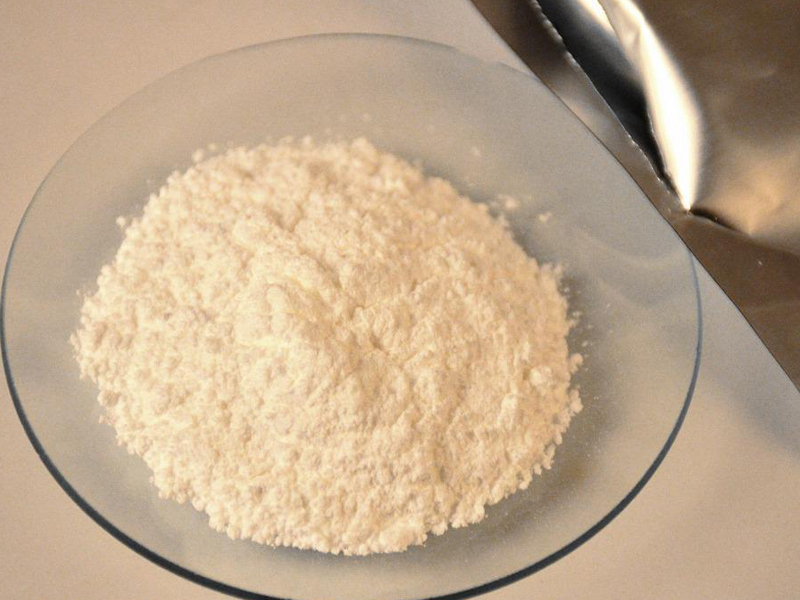- Welcome to the official website of Henan sigma Biotechnology Co., Ltd!

 Please select language
Please select language
 Please select language
Please select languageUracil is a specific base of RNA, which is equivalent to thymine (T) in DNA. It is one of the four bases that make up RNA. When DNA is transcribed, it replaces thymine in DNA and pairs with adenine. Thymine (T) was obtained by methylation of uracil.
Character: white or light yellow acicular crystal.
Solubility: easily soluble in hot water, soluble in dilute ammonia water, slightly soluble in cold water, insoluble in ethanol and ether.
Decomposition temperature: 294 ℃ (213 ℃); It is not alkali resistant.
Toxicity: the toxicity of intravenous injection in mice was high, but the oral and percutaneous toxicity was low. The toxicity to fish is low, and there is no harm to juvenile carp in 10mg / L solution.
Uracil is a specific base of RNA, which is equivalent to thymine (T) in DNA. In the process of DNA transcription, DNA is hydrolyzed by helicase in the nucleus, and then paired with free base pairs to form a single stranded RNA, which becomes messenger RNA (mRNA). In this process, the principle of base pair is A-U, C-G, T-A, g-c. A pyrimidine base that, together with cytosine, is a constituent of RNA. It is also contained in uridine diphosphate glucose and other important precursors for polysaccharide production. It shows specific ultraviolet absorption (up to 259 nm). The main difference between RNA and DNA is the sugar composition. RNA contains uracil and DNA contains thymine.
Use description
Uridine is a drug, such as anti giant red cell anemia, treatment of liver cancer; Cerebral vessels; Cardiovascular and other diseases, but also the manufacture of fluorouracil (s-fc); Deoxynucleoside; Iodoside (idur); Bromoglucoside (BUdR); It is the main raw material of FUDR and other drugs.
